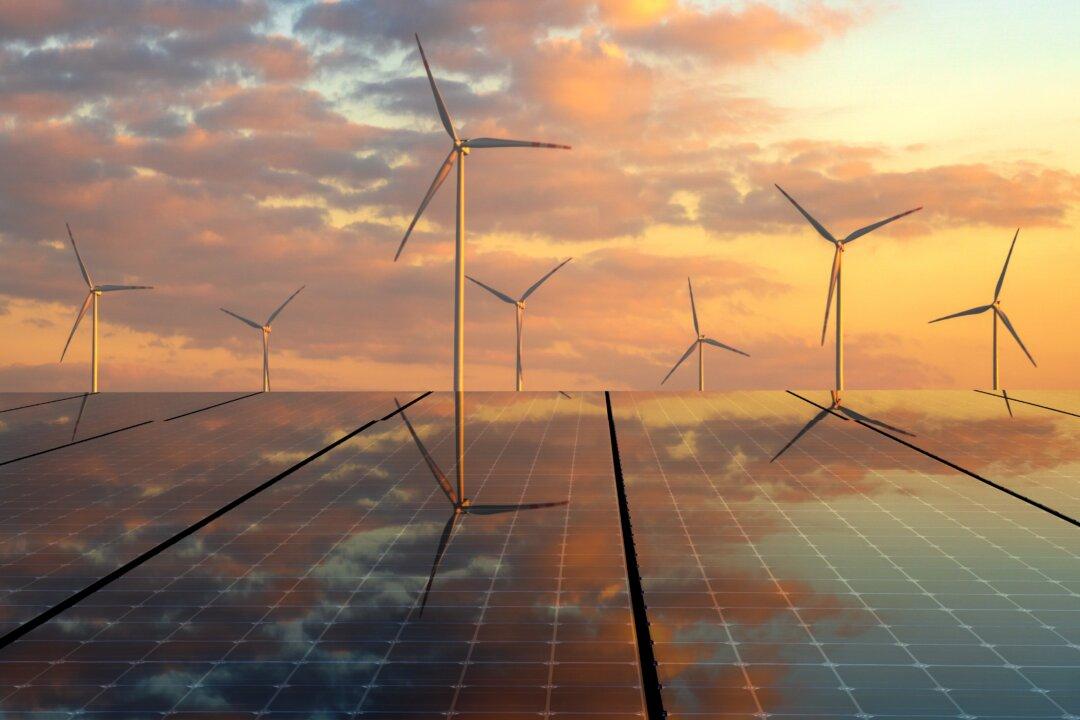A new report finds that national renewable energy capacity rose last year, with wind and solar up 16 percent compared to 2021.
Red states are leading the United States in both wind and solar power, according to the report by Climate Central, a nonprofit science communication organization. Texas, in particular, is a leader in both solar and wind power, adding more solar and wind capacity than any other state.




